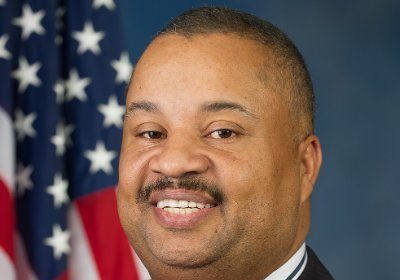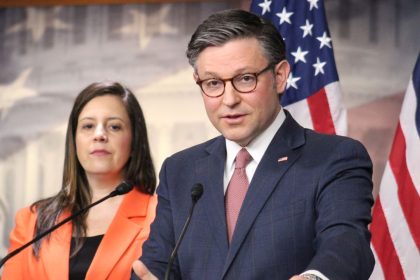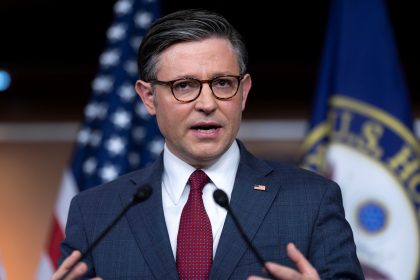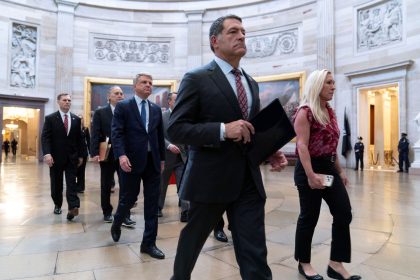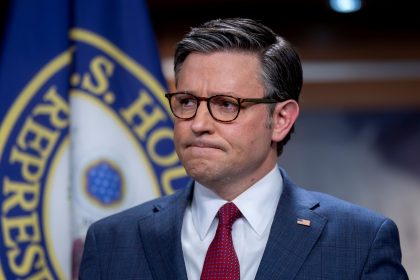Filibuster, Cloture to Play Out in Biden Agenda
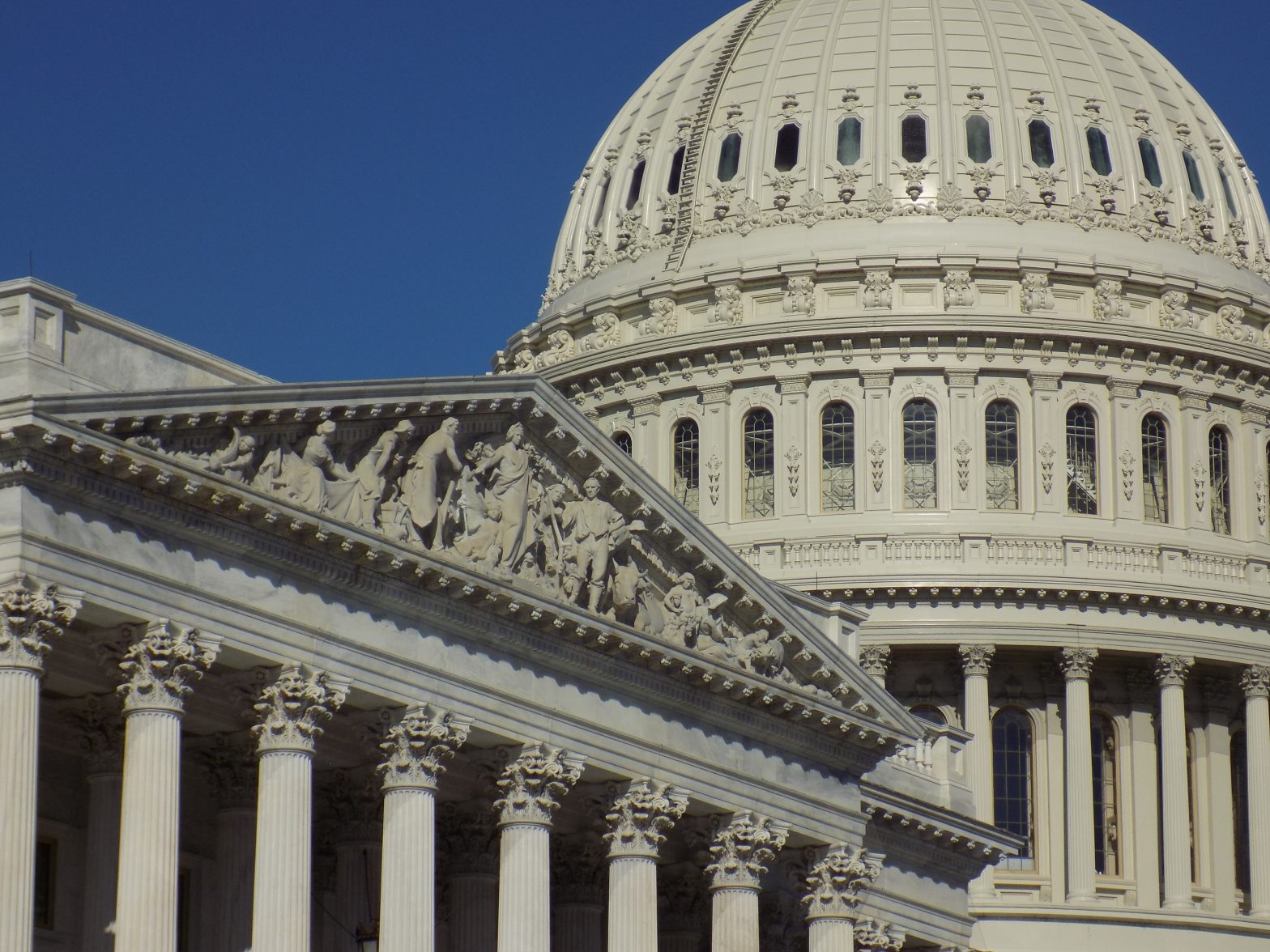
WASHINGTON — The Senate cloture rule might be the biggest Legislative obstacle in front of President Joe Biden’s policy agenda.
Simply put, the cloture rule is a debate-limiting procedure that requires 60 Senators to agree before moving on to a vote. This rule is the only formal procedure the Senate has for ending a legislative filibuster.
Because Democrats’ Senate Majority rests solely on Vice President Kamala Harris having the tie-breaking vote, the ability to invoke cloture and vote on bills before the chamber will require Republican cooperation to achieve.
“Filibustering includes any use of dilatory or obstructive tactics to block a measure by preventing it from coming to a vote,” the text of a 2017 Congressional Research Service report read. “The possibility of filibusters exists because Senate rules place few limits on senators’ rights and opportunities in the legislative process.”
Filibusters have become a staple of the Senate, leading to the potential for legislative gridlock on all issues except judicial and Supreme Court nominations. Rules have been amended twice — by Democrats in 2013 and Republicans in 2017 — to eliminate the use of the filibuster on executive branch nominees and judicial nominees including those for the Supreme Court.
Committee memberships were held over from the previous congressional session until Senate Republican Leader Mitch McConnell received assurances from Sens. Joe Manchin, D-W.Va., and Kyrsten Sinema, D-Ariz., they would continue to support the 60-vote threshold needed to preserve the filibuster, TWN previously reported.
Given the extraordinary lengths McConnell and other Senators throughout the years have gone to in order to preserve this rule, it may come as a surprise that the filibuster does not trace its origins to the founders’ original vision for the Senate but as a housekeeping mistake.
Birth of the Filibuster & Cloture
The first U.S. Senate in 1789 adopted rules that allowed its members to end debate and proceed to a vote with just a simple majority. Known as the “previous question” motion, the U.S. House of Representatives preserved this rule and can still elect to end debate by a simple majority.
At the urging of former-Vice President Aaron Burr, members of the Senate in 1806 took it upon themselves to eliminate rules deemed redundant or not significantly useful, Sarah Binder, senior fellow at the Brookings Institution, said before the Senate Committee on Rules and Administration in 2010. This led to the Senate’s abolition of the previous question motion and opened the door for the legislative filibuster because the chamber no longer had a rule allowing a simple majority to end debate.
As the Senate grew in size and became more politically polarized over the years, bouts of obstructionism took hold of the legislative body, Binder said in her testimony. Bills relating to “civil rights, election law, nominations, even appointment of Senate officers” were all met with filibusters over the course of the 19th and early 20th centuries as leaders tried and failed to reestablish the previous question motion.
“More often than not, senators gave up their quest for reform when they saw that opponents would kill it by filibuster — putting the majority’s other priorities at risk,” Binder said. “Unable to reform Senate rules, leaders developed other innovations such as unanimous consent agreements. These seem to have been a fallback option for managing a chamber prone to filibusters.”
This, in turn, paved the way for Senate Rule XXII — also known as the “cloture rule” — adopted in 1917 at the behest of then-President Woodrow Wilson. At the time, Wilson desired to arm U.S. merchant ships as a deterrence method against German submarine warfare during World War I but was blocked from doing so by a group of anti-war senators.
In a special session of the 65th Congress, the Senate adopted a cloture rule requiring a two-thirds supermajority to agree to end debate and allowed each member to speak for an additional hour before voting on final passage. Despite this, the Senate would manage to invoke cloture successfully only four times over the next 46 years, according to legislative records.
Many efforts were made between the years 1953 to 1975 to reform the cloture rule by senators frustrated by the chamber’s inability to enact certain legislation. Revisions were finally made in 1975 that lowered the threshold for cloture from two-thirds majority to three-fifths, and successful invocations of the rule subsequently skyrocketed.
Revisionist History
Efforts to reform the filibuster’s scope have been less successful, historically.
In 1970, under the leadership of then-majority leader and whip Mike Mansfield and Robert Byrd, respectively, the Senate adopted a “two-track system,” allowing the majority leader to have more than one main motion pending on the floor as unfinished business with unanimous consent or agreement from the minority leader.
This change rendered filibusters easier for the minority to sustain on particular motions since the chamber’s business would no longer come to a complete halt by invoking them. Cloture motions have become a regular tool to manage the flow of business even in the absence of a filibuster.
Consequently, the filibuster has developed gradually from a rarely used practice to a routine political maneuver requiring a 60-vote supermajority to move legislation. Despite the power-sharing agreement following the model used in 2001, calls to reform or abolish the filibuster have been renewed should Republicans attempt to stall the Biden policy agenda.
“The legislative filibuster was a key part of the foundation beneath the Senate’s last 50-50 power-sharing agreement in 2001,” McConnell, R-Ky., said. “With these assurances, I look forward to moving ahead with a power-sharing agreement modeled on that precedent. They agree with President Biden’s and my view that no Senate majority should destroy the right of future minorities of both parties to help shape legislation.”
But while one partisan impasse was avoided, many more could come to fruition as Democrats prepare to push through COVID-19 relief, criminal justice reform, environmental sustainability and other measures opposed by congressional Republicans. With this in mind, abolishing the filibuster does not appear to be off the table for Democrats as they pursue their agenda.
Senate Majority Leader Chuck Schumer, D-N.Y., indicated as much last year before Democrats even obtained a Senate majority. Similarly, former-President Barack Obama called the filibuster “another Jim Crow (era) relic” during his July 2020 eulogy for the late Rep. John Lewis, D-Ga.
“I just don’t believe you’re going to have this kind of resistance … that we had before,” Biden said in an interview with the National Associations of Black and Hispanic Journalists in August 2020.
“If in fact they are as obstreperous as is expected, we’d have to get rid of the filibuster, but the filibuster has also saved a lot of bad things from happening too,” Biden added. “If there’s no way to move other than getting rid of the filibuster, that’s what we’ll do.”

















